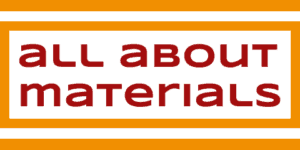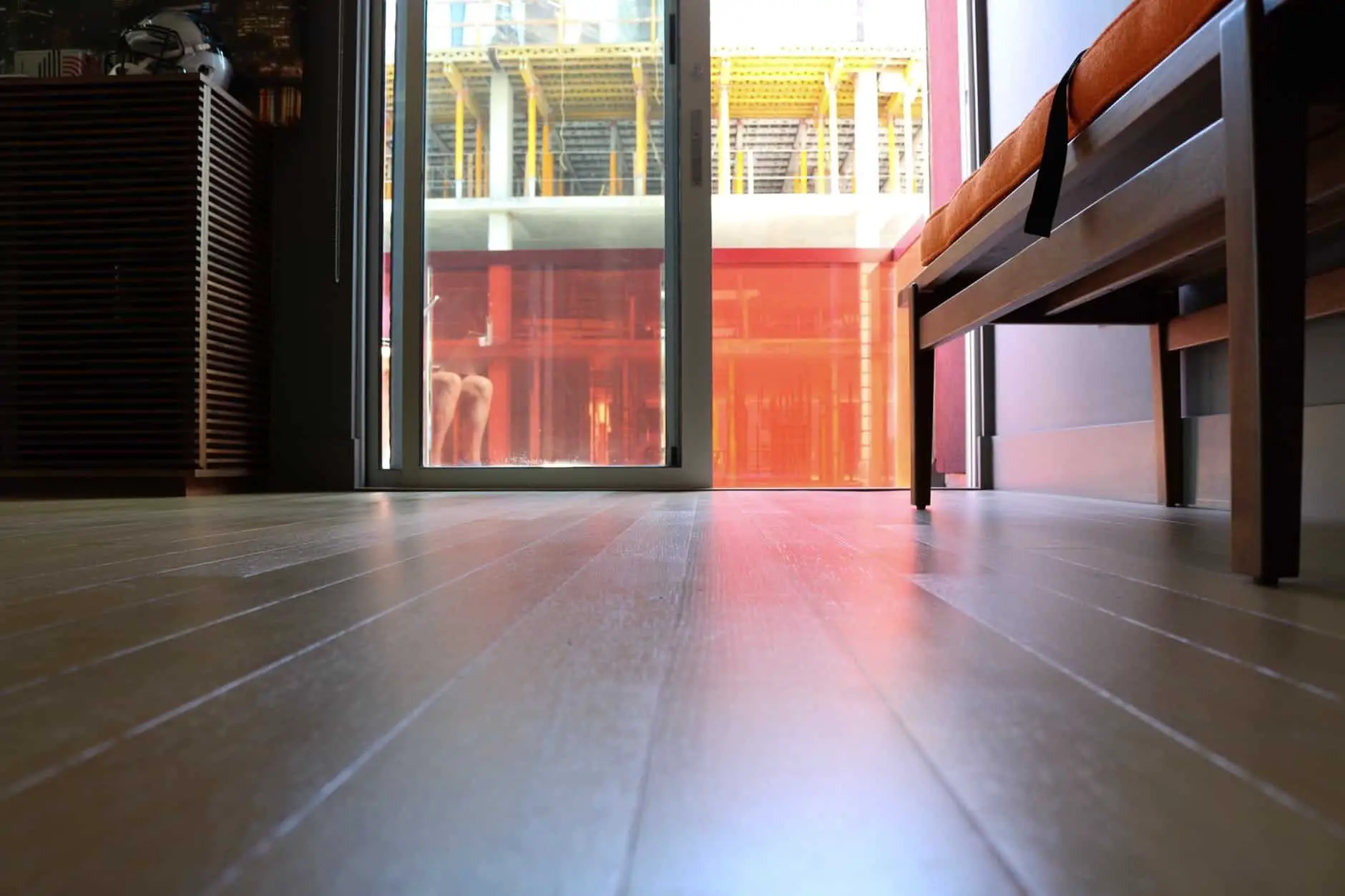This post contains affiliate links.
The look of hardwood flooring is very appealing and gives some warmth and character to a room. Engineered wood flooring is one of the best alternatives to solid hardwood flooring especially when price range and durability are an issue. You can have the same look and finish just like any regular solid hardwood flooring.
Some people do ask though if engineered wood flooring is scratch-resistant. The simple answer is yes, they are scratch-resistant but to a certain degree, they are not completely scratch proof. Its resistance to scratches all depends on the wood species of the top layer, and the finish applied on the surface.
The top layer of engineered wood flooring is made out of real wood and will react the same way as solid hardwood in that it can still get scratches, dents, and gouges. Having a good finish applied on the surface does help minimize scratches that may happen.
Although most engineered wood floors are not fully scratch-proof, you can find products that have added protective coatings and layers, making them more scratch-resistant than others. You also have an option to choose a harder type of wood species top layer that is more resistant to gouges and dents. There are also a couple of steps you can take to protect or minimize scratches, and dents.
Small scratches, gouges, and dents are inevitable with wood flooring whether it’s solid hardwood or engineered wood flooring. You can manage it enough to minimize or to hide them but you won’t be able to completely avoid having them. And if this is going to be an issue for you, you might want to consider other flooring options.
Choose a Harder wood species Top Layer of Engineered wood Flooring
If you want a scratch-resistant engineered wood flooring, it would be best to choose an engineered wood flooring with a harder wood species top layer on the onset. Since engineered wood has real wood as its top layer, it would react the same way as any other wood. Although it won’t totally resist scratches or dents, having a harder wood species would resist it more than the softer types.
A wood’s hardness is rated according to the Janka Hardness Scale and you can use this to determine how hard a wood species is. The higher the number of the Janka rating, the harder it is, and the more resistant it is to gouges and dents. Typically you would want a wood species with a Janka hardness rating of 2,000 and up.
Most of the hardest and scratch-resistant wood species come from the tropics. There’s Ipe, Golden Teak, and Jatoba just to name a few, and they have a rating higher than 2,000 pounds-force (lbf) with Ipe getting the highest 3,684 lbf hardness rating. You can check out a list of wood species and their hardness in this Wikipedia link.
Here are some of the engineered wood flooring types with their top layer’s Janka rating:
| SPECIES | JANKA RATING (pounds-force) |
| Ipe | 3,684 |
| Brazilian Walnut | 3,684 |
| Jatoba | 2,350 |
| Golden Teak | 2,330 |
| Santos Mahogany | 2,200 |
| Amendoim | 1,912 |
| Tigerwood | 1,850 |
| Hickory | 1,820 |
| Rosewood | 1,780 |
| Timborana | 1,570 |
| Hard Maple | 1,450 |
| Australian Cypress | 1,375 |
| White Oak | 1,360 |
| Ash | 1,320 |
| Red Oak | 1,290 |
| Yellow Birch | 1,260 |
| Carbonized Bamboo | 1,180 |
| Teak | 1,155 |
| Brazilian Eucalyptus | 1,125 |
| Cherry | 995 |
| Chestnut | 540 |
| Poplar | 540 |
| Western White Pine | 420 |
Ideally, if you want a scratch-resistant wood, you choose a species with a Janka rating of 2,000 and up.
If you still want to go for a wood with a low Janka rating below 2,000, you can still make it scratch resistant by applying a durable and tough finish.
Apply a Tough Wood Floor Finish
Wood flooring should always be applied with a topcoat layer of finish whether it’s solid hardwood or engineered wood flooring to add protection to the material. It’s a clear layer when dry, though it sometimes adds a bit of yellow color to the wood’s color. It also has levels of glossiness depending on the type of finish you apply, so you have an option for a satin, semi-gloss, or glossy looking floor. And it adds hardness to the wood flooring, making it more scratch-resistant.
There are several types of wood finishes available in the market. Below are some of the common types:
- Water-based Polyurethane
- Oil-based Polyurethane
- Moisture-Cure Urethane
- Wax
- Shellac
- Penetrating Oil Sealer
- Acid-Cured Finish
- Aluminum Oxide
Not all of these types will add some scratch-resistant to your engineered wood floors and each type has its own pros and cons.
The most durable wood finishes and will add the best scratch resistance to your engineered wood floor includes the Water-based Polyurethane, Oil-based Polyurethane, Moisture-Cure Urethane, Acid-Cured Finish, and Aluminum Oxide types. While the least durable finishes include the Wax, Shellac, and Penetrating Oil Sealer types.
The Aluminum Oxide would be the most durable among all types but it gives off a plastic kind of look to your wooden floors. It also gives off a high level of Volatile Organic Compound (VOC). It would, however, protect your engineered wood floors, even the soft woods, from any kind of scratches or damage better as compared to the others. If you’re more concerned about the protection of the floor rather than the look and the level of VOC, then go ahead and apply this wood finish.
A better option in terms of the finished look and low level of VOC, which also has some level of durability, are the polyurethanes. The Water-based Polyurethane has a lower level of VOC than the Oil-based Polyurethane. Although not as durable as the Aluminum Oxide finish, the polyurethanes will add protection to your engineered wood floors.
Most Oil-based Polyurethanes are more durable than the Water-based Polyurethanes but the former tends to add a bit of yellow tint to the wood color than the latter. Some would go for Water-based Polyurethanes if their engineered wood floor has a harder species top layer, while some will go for the Oil-based types if they want a more durable finish.
Minimizing the Scratches on Engineered Wood Floors
You should keep in mind that all types of wood get scratched, gouged, and dented over time however hard the wood or good its finish is. There are steps you can take though to minimize the look of scratches on engineered wood floors.
1. Choose Pre-Finished Engineered Wood Floors
Pre-finished engineered wood floors are stained and sealed in the factory and are usually tougher as compared to on-site finished wood floors. The coatings are consistent and consist of multiple layers.
2. Choose a Distressed or Hand-Scraped Styles of Wood Look
Distressed, hand-scraped or any other rustic looking wood types are best at hiding scratches, dents, and gouges as they are already rough, to begin with. An additional scratch or dent would just add to the unique character of the wood.
3. Choose a Light-Colored Engineered Wood Floor
Light-colored woods don’t show scratches well. So wood types such as white oak might be a good option. Scratches will still happen but the color of the wood can help hide them from view.
4. Place Rugs or Carpets over your engineered Wood Floor
If you have kids or dogs that scamper and run around your room constantly, you might consider placing rugs or carpets over the floor. These can help protect the floor from dog nails or kids’ toys that could dig deep on your engineered wood floors. Plus, the rugs or carpets will minimize the noise made by the scampering and running around of your dogs or kids.
5. Add Felt Pads to your Furniture Legs
Adding felt pads to furniture legs that are constantly moved around the room will also protect your wood floors from deep scratches.
6. Consider Clipping your Dogs Nails Regularly or Use Doggie Booties
If you are a dog owner, you might want to clip your dogs’ nails regularly. One of the biggest causes of wood floor scratches is the dogs’ nails. Also, consider wearing doggie booties on your dogs’ paws.
Consider Using Alternative Flooring Options that are more Scratch-Resistant
If you still want a wood looking floor finish but you really don’t want to make any compromises when it comes to scratches or wood damage, then you may want to consider other flooring types.
There are a couple of flooring types that are not wood but have a very good digitally printed wood-look finish. Below is a list of these types of floors you might consider using as an alternative:
- Laminate Wood Floors
- Luxury Vinyl Tiles or Vinyl Wood Planks
- Porcelain Tiles or Porcelain Planks
All About Materials is a participant in the Amazon Services LLC Associates Program, an affiliate advertising program designed to provide a means for sites to earn advertising fees by advertising and linking to Amazon.com. We also participate in other affiliate programs which compensate us for referring traffic.

